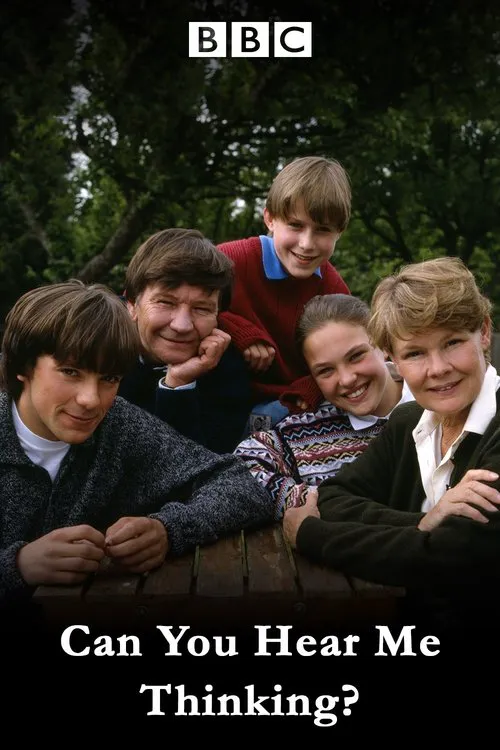Can You Hear Me Thinking?

Plot
The television film 'Can You Hear Me Thinking,' released in 1993, revolves around a family's struggles and the complexities it faces when a teenage boy, Michael (played by James Wilby), is diagnosed with schizophrenia. The narrative delves into the difficulties of both the son and his family members as they navigate the unpredictable realm of this mental disorder. The movie centers around the Williams family, particularly Michael and his parents, Ruth and Michael, played by Judi Dench and Michael Williams. Ruth, an English teacher, strives for perfection and order, while Michael, a schoolteacher himself, maintains a more laid-back attitude towards life. Their son, Michael, faces immense difficulties at school and struggles with social relationships, leading them to believe he needs assistance. Initially, they attribute his issues to anxiety and stress. However, as Michael's condition intensifies, the family becomes increasingly concerned. Despite the initial reluctance, they eventually take him to see a psychiatrist, who diagnoses him with schizophrenia. This devastating news shakes the family, leaving them grappling with feelings of fear, guilt, and confusion. Ruth, particularly, is overcome with self-doubt and begins questioning her parenting skills, wondering if she inadvertently contributed to her son's downfall. As the family navigates the complexities of Michael's new diagnosis, they face numerous challenges. Michael's condition leads to hallucinations, paranoia, and an increasing detachment from reality. The family's relationships begin to fray, with Ruth feeling the pressure of trying to balance her desire for order with her need to nurture her son's fragile mental state. Michael, on the other hand, becomes increasingly distant and reclusive, unable to cope with the overwhelming emotions that swirl within him. The film also touches upon the societal stigmas and misconceptions surrounding mental illness. The family receives cold treatment from their neighbors and community, many of whom view Michael's condition as a personal failing rather than a medical issue. The lack of understanding and support they receive heightens the Williams' emotional struggles, forcing them to confront the harsh realities of their new reality. Despite the challenges, the family comes together, determined to offer Michael the support and love he needs. They learn to communicate openly with each other, sharing the burden of his illness and finding innovative ways to cope. Ruth becomes more empathetic, moving beyond her initial fear and embracing her son with unconditional love. She begins teaching her students about mental illness, working to dispel the myths and misconceptions surrounding it. Throughout the narrative, the film portrays a poignant representation of a family unit coming together in the face of adversity. It delves into the psychological trauma that the family faces, offering a realistic portrayal of the struggles that individuals with schizophrenia and their families undergo. The movie serves as a powerful reminder of the importance of support, love, and acceptance, advocating for compassion and empathy in understanding mental illness. While the narrative takes a dark and intense tone, it is ultimately a film about the triumph of human resilience. The Williams' unyielding love and dedication to their son give him the courage to navigate the complexities of his condition. The film concludes on an uplifting note, showcasing the family's capacity to heal, grow, and find strength together in the face of adversity. 'Can You Hear Me Thinking?' offers a poignant portrayal of a family torn apart by mental illness. By shedding light on the complexities of schizophrenia, the film challenges society's misconceptions about mental illness and advocates for empathy, compassion, and understanding.
Reviews
Recommendations



